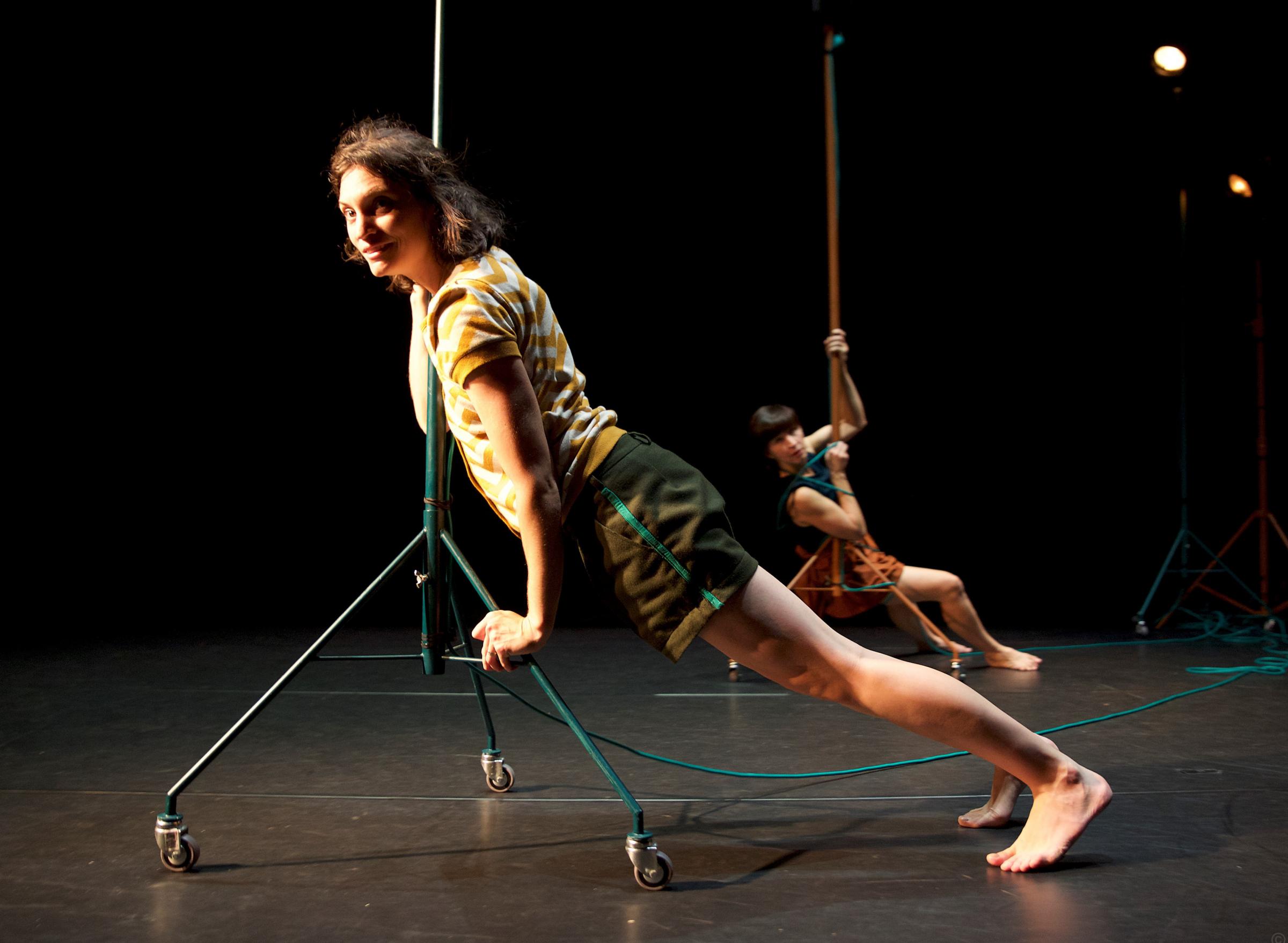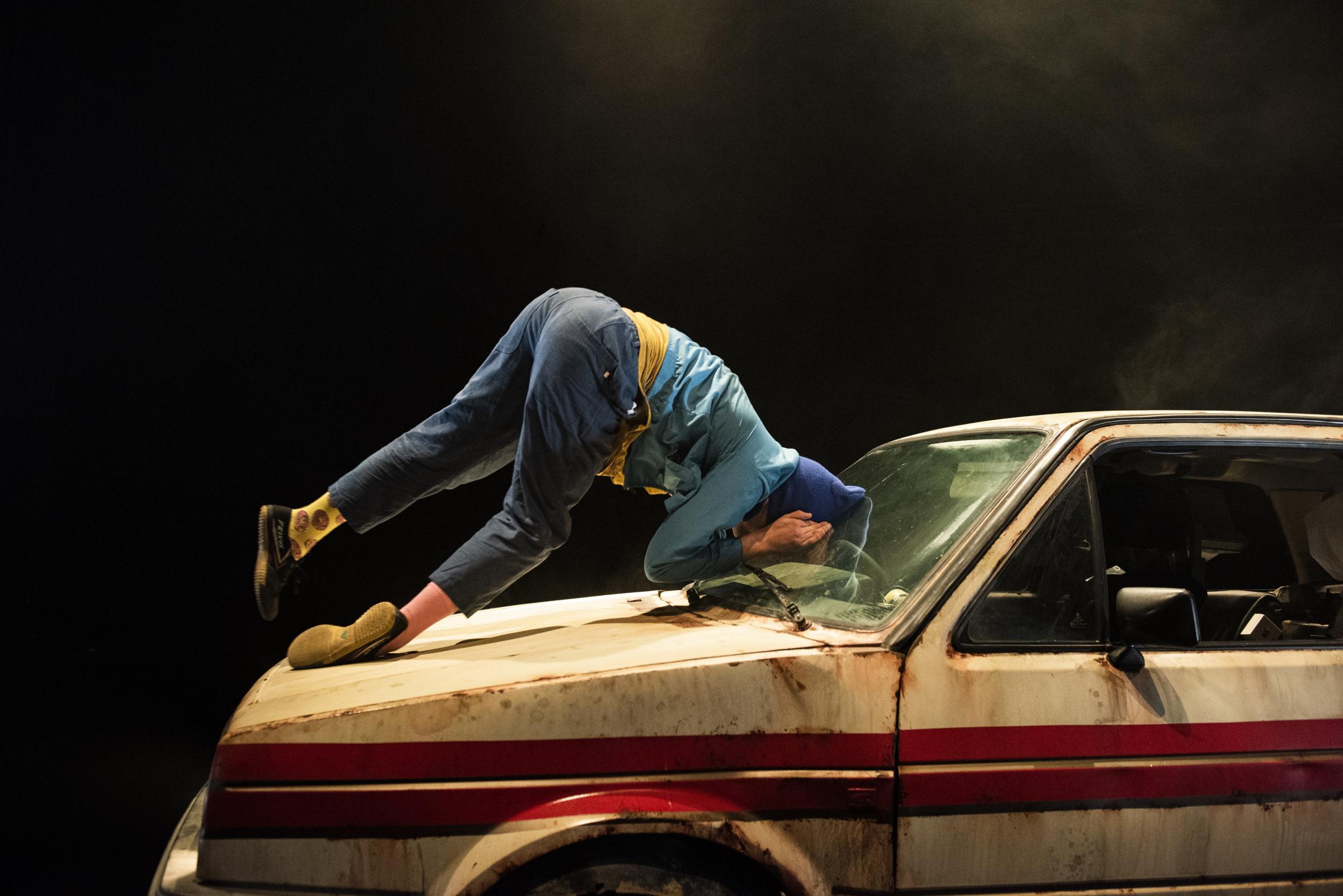
IT’S May, and for theatre and dance-loving children and young people, and their teachers, parents and guardians, that can only mean one thing. It’s time for the Edinburgh International Children’s Festival.
Staged annually by superb producers Imaginate, the festival is, to my mind, the most consistently brilliant programme of the theatrical arts in Scotland. Gloriously diverse, it is exceptional in the quality of the work it presents.
This year, as we emerge from the Covid-19 pandemic, director Noel Jordan has assembled a programme of 12 productions from various parts of Europe. Scotland is well represented, with no fewer than six shows, including a revival of Sound Symphony (for audiences aged eight and older), which is a truly wonderful piece created for and with autistic young people.
From Ireland there is Birdboy (eight-15 years), a piece told, with anguish and humour, from the perspective of a boy who wants to fly away from his worries. From The Netherlands comes Hermit (2-6 years), a fascinating prospect, created by director Simone de Jong, which combines music, movement and the childhood imagination with a very interesting box.
There’s work from Belgium, too, including Light! – a work by the children’s dance company Tout Petit. A show for children aged between three and seven years old, it brings together many different kinds of light with many different kinds of movement.
When I spoke with Lies Cuyvers – artistic director, choreographer and dancer with the Flanders-based company – she told me that the story of Light! began 10 years ago, when her daughter was three years old. “I was very curious about the way she was moving,” she remembers.
“She was using her body in the space [around her] in a very different way to the way dancers do. It was so interesting…
“When children are very young, they can’t speak,” she continues. “When they want to express something, they have to use their bodies.
It “very natural” for young children to “speak with their bodies”, Cuyvers observes. More than that, she says, they “also read bodies”.
Adults “often ignore body language”, the dancer comments. “We are more busy with what we hear than what we see.”
By contrast, she observes, “young children are very busy with: ‘Why is he coming closer? Why is he going away? Why did he open the door? Why did something drop [on the floor]?’”
As a dancer and choreographer, Cuyvers was, she says, “very impressed” by the profound emphasis upon body language that she observed in her three-year-old daughter. She resolved to attempt to use this perspective of young children as the basis for her company’s work.

As young children understand body language so well, it was very important that Tout Petit did not create an “infantile performance”. In other words, Cuyvers and her company have always sought to avoid a caricatured mimicking of the movements of infants and very young children.
Rather than mere mimicry, their work is rooted in the performers’ efforts to “feel like children”, particularly with regard to the necessity, in the choreographer’s lovely phrase, to “speak with their bodies”. During this period, whilst presenting two shows, the company made a discovery.
The best children’s performance companies are always extremely interested in the ways in which their young audiences respond to their work. At this time, the choreographer remembers, “we realised that changes in light have a big impact upon young children”.
“Adults are used to the fact that spotlights are changing while the performance is going on,” she continues. “But, for children, everything is new.”
In fact, she recalls, sometimes the children were more interested in the lights than they were in the movements of the dancers themselves. That’s when Tout Petit decided that “it would be very interesting to make a performance about lights”.
The company began making Light! in 2016. It premiered the following year.
TO premiere a performance work for young children in Belgium is, as Cuyvers describes it, quite different from doing so in Scotland. Not only does Belgian education integrate children into the school system from the age of two-and-a-half, but schools are required to take their pupils to the theatre.
Scottish creators of performing arts for children must look upon such a system with envy. Whilst the Scottish Government provides crucial financial support to the likes of the Edinburgh International Children’s Festival and (Scotland’s arts and early years organisation) Starcatchers, we are some distance away from every toddler having the right to be taken to the theatre by their nursery school.
IN the Belgian context, this doesn’t mean that – from Bruges, to Brussels to Liege – the country is brimming with theatres that have bespoke children’s performance studios. Rather, Tout Petit creates an entire auditorium on the stage.
This approach, in which the performers and their young audience are all on the same level, is well-suited to the Edinburgh venue The Studio (which sits on Potterrow, behind the Festival Theatre), in which Light! will be performed later this month. “Especially with young children,” says the choreographer, “it’s important to have them very close.”
That proximity between the performers and the young audience is not only about the children being able to see everything, Cuyvers explains. “It’s very important to us, not only that we show something to our young audience, but also that they explore something themselves.”
In the case of Light!, that means that the children first watch a 30-minute performance, before being invited to partake in a new experience. The company has what the choreographer describes as a “very special tissue that both absorbs light and gives it back”.
The performers shine torches on these tissues during the performance. Thereafter, the fascinated children are able to play with these illuminated pieces of paper, which are now light in both senses of the word.
New experiences, up close and interactive. Light! sounds like the perfect show for Edinburgh’s acclaimed Children’s Festival.
Light! plays at The Studio, Edinburgh, May 13-15. For full information about the Edinburgh International Children’s Festival, visit: imaginate.org.uk/festival







